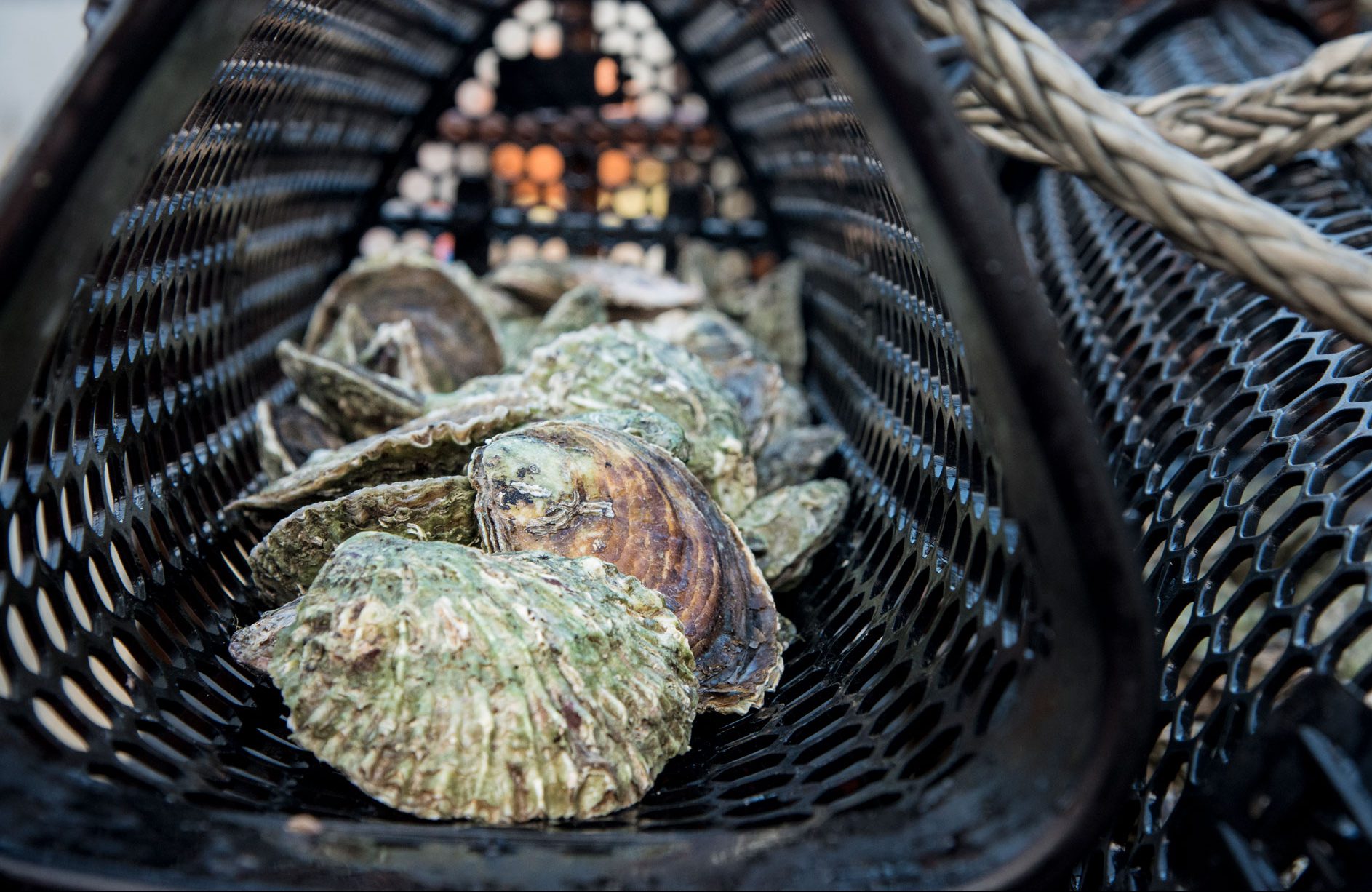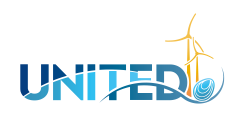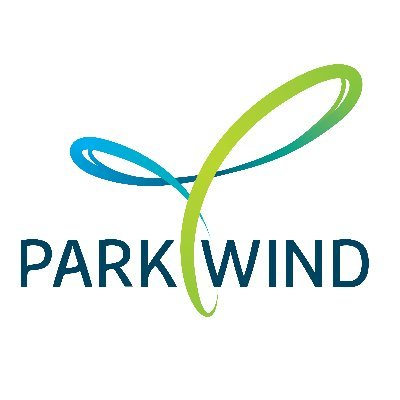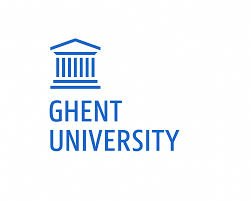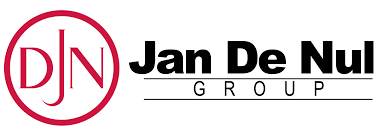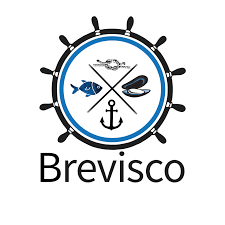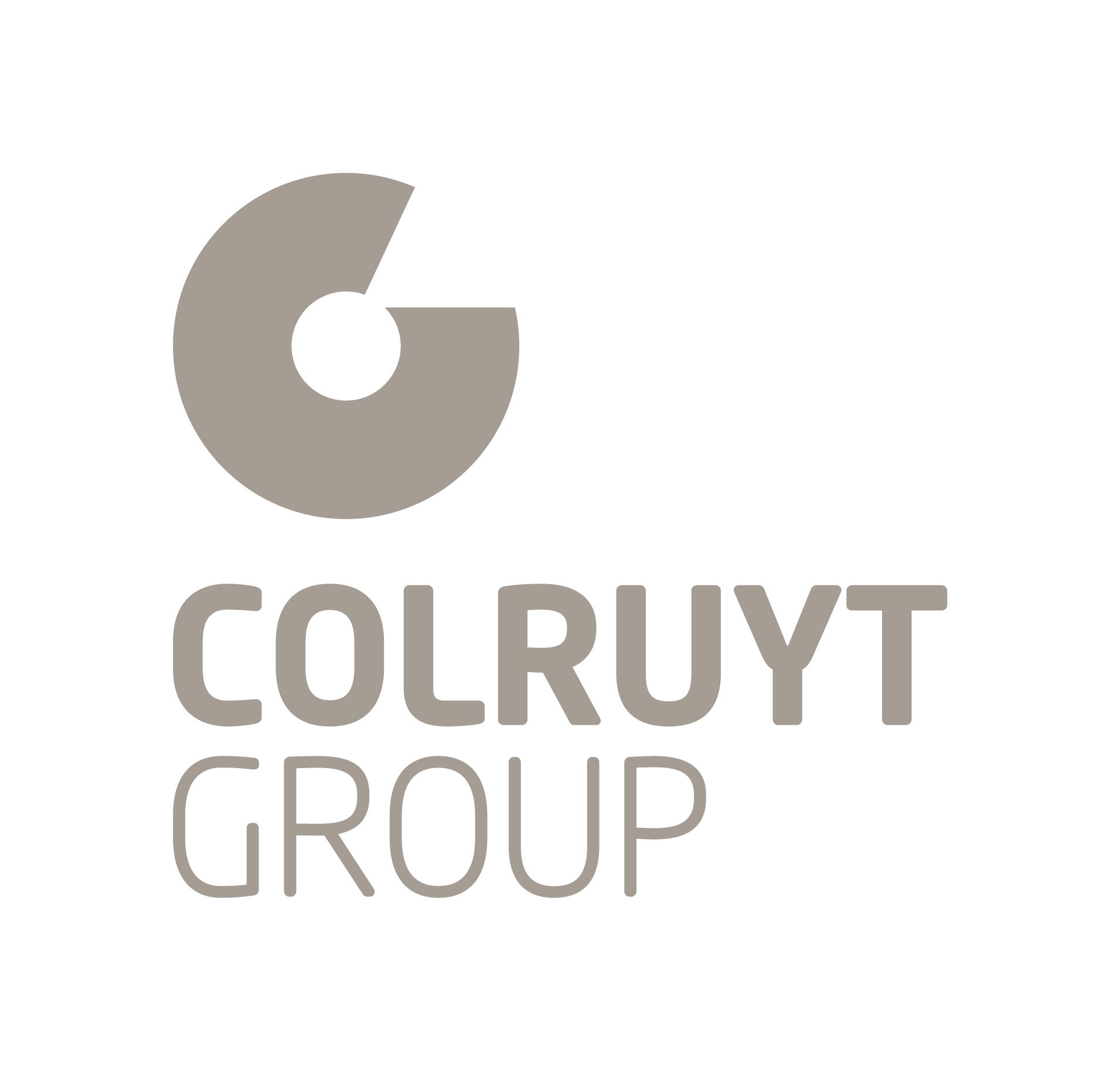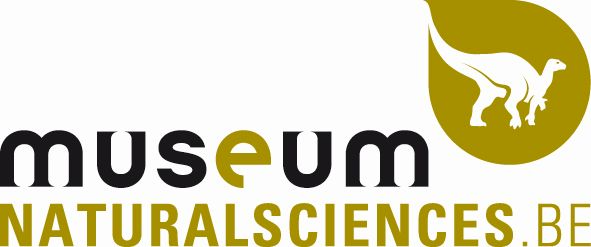ULTFARMS, continuing the work of the UNITED project, studies nature-inclusive scour protection to facilitate flat oyster settlement and natural reef formation around wind turbines. The population of European flat oysters has declined in the North Sea. ULTFARMS aims to address both production and restoration by installing longlines with spat collection frames to attract oyster larvae. The project also demonstrates the synergistic cultivation of native mussels, oysters, and seaweed within an offshore wind farm. An innovative submersible seaweed long line system minimizes the risk of material and biomass loss during heavy storms.
This page describes on of the pilot projects of the UNITED and ULTFARMS projects. The overarching projects consist of multiple projects with a wide array of stakeholders and partners. More information can be found on the respective web pages.

